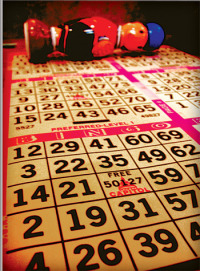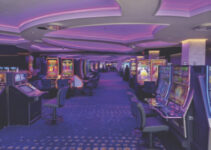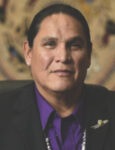
It’s a simple game, one which almost every American understands. It’s a staple of church halls, VFW centers and charity events. But most of all, bingo has meant resurrection for many American Indian tribes.
First introduced in Italy as far back as 1530, bingo was a lottery-style game that migrated to France in the late 1700s. The Germans used it in the 1800s as a math teaching game for children.
Bingo migrated to America as “beano” in 1929, and was played in county fair-style settings with beans and colored discs drawn out of cigar boxes. It was first played at a carnival near Atlanta. It was renamed “bingo” when New York toy salesman Edwin S. Lowe simply misheard someone yelling “beano.” Lowe later hired a Columbia University math professor, Carl Leffler, to help him increase the number of combinations in bingo cards. By 1930, Leffler had come up with 6,000 unique bingo cards, and promptly went insane, according to legend.
The Catholic Church adopted the game as a fundraiser in the early 1930s and by 1934, 10,000 bingo games were being played weekly. Today, bingo produces gross revenues of more than $10 billion in North America alone.
Bingo actually launched the largest gaming company in the world, Harrah’s Entertainment. John Harrah, father of company founder, Bill Harrah, sold his son a $100-a-week bingo operation in Reno for $50,000. And the rest is history.
As a “Class II” game, Native American tribes introduced it in the 1970s as fund raisers for the nations. But it wasn’t until high-stakes bingo was introduced in Florida, Connecticut, Maine, California and elsewhere in the early 1980s that it drew the attention of the federal government.
The Supreme Court decision, Cabazon vs. California, was all about high-stakes bingo, and today, bingo remains an important part of most tribal gaming halls. Some of the world’s largest bingo halls are still located in Indian Country.
And the interpretation of “electronic aids” led to Class II gaming machines, which are in actuality electronic bingo games displayed in a manner that is reminiscent of a Class III slot machine.
The importance of bingo to the development of Indian gaming cannot be overstated, something which is all too fitting, given the game’s history and simplicity.


















